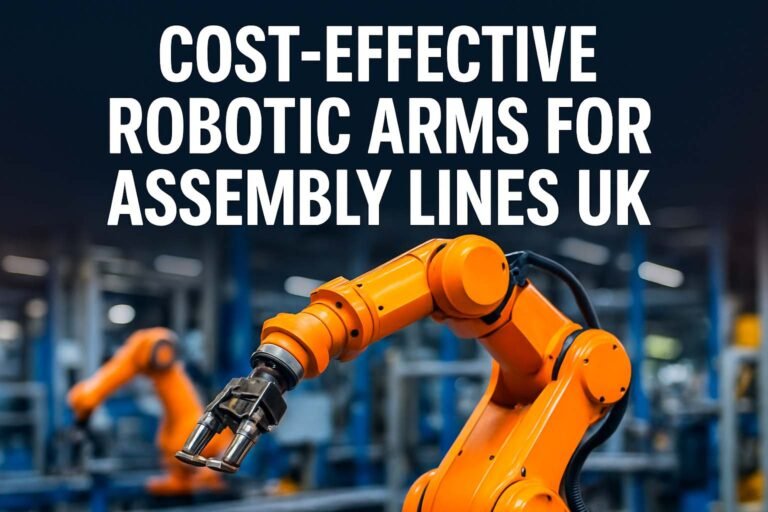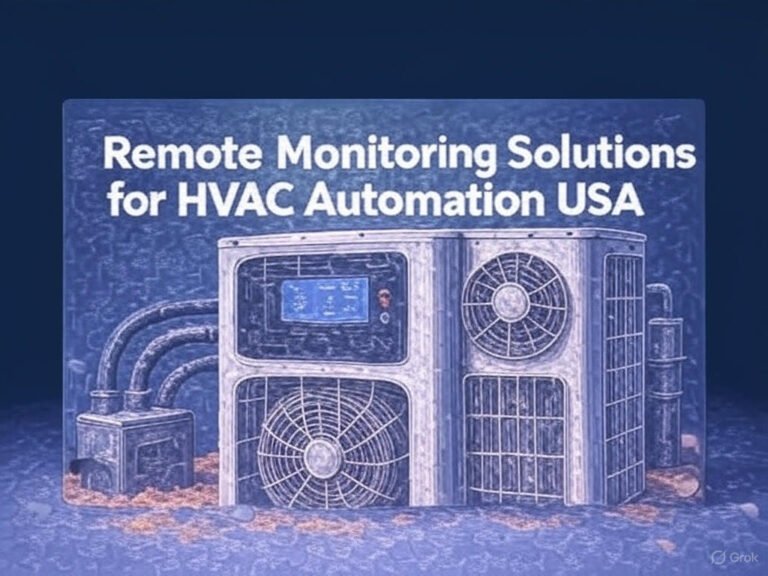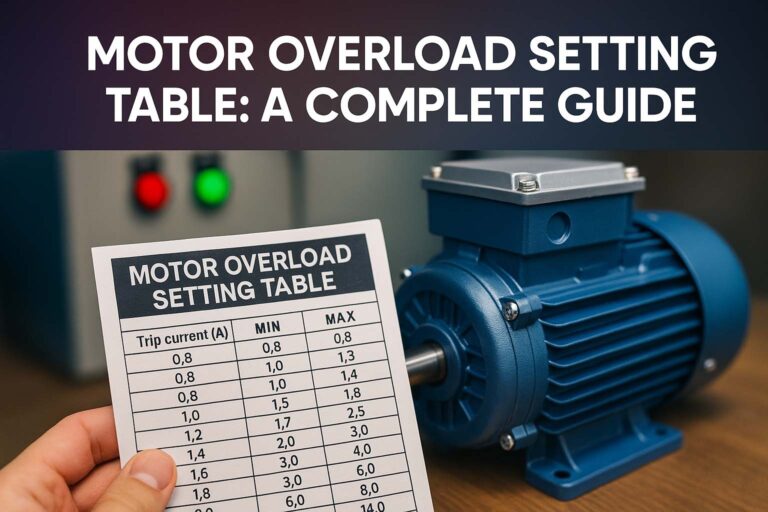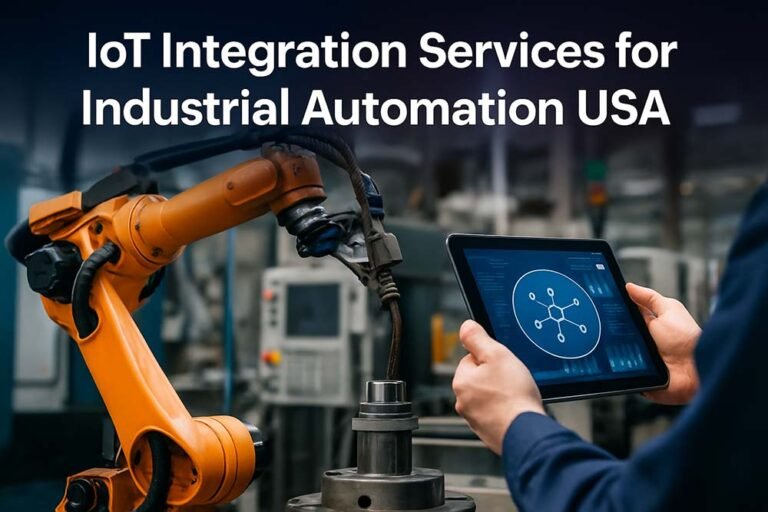Automated Conveyor Belt Systems for Mining in USA
Introduction
Mining in the USA has evolved over the decades. Automation is now a critical part of operations. One of the major upgrades is the use of automated conveyor belt systems for mining in USA. These systems help move bulk materials efficiently. They reduce manual labor and improve safety. Automation also supports round-the-clock mining with minimal downtime.

What Are Automated Conveyor Belt Systems for Mining in USA?
These systems are mechanized transport setups. They use belts and pulleys to move minerals from one point to another. What makes them automated is the integration of control systems. These may include programmable logic controllers (PLCs), sensors, and software.
The goal is to streamline the transport of coal, ores, gravel, and other mined materials. In the USA, such systems are widely used in both surface and underground mining operations. They help reduce reliance on trucks, which are slower and more prone to delays.
Key Components of Automated Conveyor Belt Systems for Mining in USA
Every system includes several critical parts. These components work together to ensure smooth operations.
| Component | Function |
|---|---|
| Conveyor Belt | Moves material from source to destination |
| Drive Pulley | Powers the belt movement |
| Idlers and Rollers | Support the belt and help maintain tension |
| Take-up Pulley | Maintains correct belt tension |
| Load Zone | The starting point where material is loaded |
| Discharge Zone | Where the material is dropped off or transferred |
| Sensors and Controls | Monitor system performance and trigger automation logic |
| Safety Mechanisms | Emergency stops, guards, and warning systems for safe operations |
Types of Automated Conveyor Belt Systems for Mining in USA
There are several configurations based on terrain and material type.
Overland Conveyor Systems
These are used in open-pit mines. They travel long distances, sometimes over hills and valleys. They are cost-effective compared to truck haulage.
Underground Conveyor Systems
These work in tunnels and shafts. They reduce traffic and improve air quality underground. Their automation reduces labor needs in dangerous areas.
Radial Stackers
These are movable belts used for stockpiling materials. Automation lets them rotate and change positions without human control.
Pipe Conveyor Belts
These are enclosed belts. They prevent spillage and protect the environment. They’re used in sensitive areas or near communities.
Benefits of Automated Conveyor Belt Systems for Mining in USA
Automated systems bring a wide range of advantages to mining companies.
Efficiency and Speed
Materials are moved continuously. There are no breaks or shift changes like in truck operations. Speeds can be adjusted as needed.
Cost Reduction
Once installed, operational costs drop significantly. No fuel is needed. Fewer workers are required. Maintenance is also predictable.
Improved Safety
Less human interaction reduces accidents. Systems can detect blockages, heat, or overloads and shut down automatically.
Sustainability
Fewer trucks mean less diesel use. CO₂ emissions drop. Enclosed belts also reduce dust pollution.
Consistent Output
Automation ensures a steady flow of materials. This helps maintain production schedules and meet delivery targets.
Technical Aspects of Automated Conveyor Belt Systems for Mining in USA
These systems are designed with complex engineering principles. Here are some key technical considerations.
Belt Design and Material
Belt material is chosen based on the type of mineral. Rubber belts are common. For high-abrasion applications, steel-cord belts are used. Temperature resistance is another factor.
Motor and Drive Systems
Most belts use electric motors. Variable Frequency Drives (VFDs) are standard. They allow speed control and energy efficiency.
Load Sensing and Feedback
Sensors measure the weight of materials. This data helps control the belt speed. It also ensures the system doesn’t get overloaded.
Automation Control Logic
PLCs run predefined logic. For example, if a sensor detects a jam, the belt will stop. Once the jam clears, the system restarts automatically.
Remote Monitoring
Mining companies now use SCADA systems. Supervisory Control and Data Acquisition lets engineers monitor belts remotely. They can adjust parameters, perform diagnostics, and even update software without being on-site.
Integration with Other Mining Systems
Automated conveyor belts do not work alone. They integrate with crushers, grinders, and sorting systems. A seamless flow is essential for optimal production.
For instance, after raw ore is blasted, it’s loaded onto a conveyor. It then moves to a crusher. From there, another belt may take it to a screening station. The entire process is automated.
Challenges in Implementing Automated Conveyor Belt Systems for Mining in USA
Despite their benefits, some challenges must be addressed.
High Initial Cost
Installing these systems requires capital investment. Components, software, and installation labor add up. However, the ROI is usually strong over time.
Terrain and Climate
In areas with difficult terrain, special design considerations are needed. Snow, rain, or extreme heat can affect operations.
Maintenance Needs
Although less frequent than truck fleets, maintenance is still essential. Belts must be inspected regularly. Rollers and pulleys wear out. Sensors must be calibrated.
Cybersecurity
Since these systems rely on automation and remote access, they are exposed to cyber threats. Secure protocols and firewalls are essential.
Use Case: Coal Mining in Wyoming
Wyoming is a leading coal producer in the USA. Mines there use automated conveyor belts to handle bulk loads.
In one case, a single system stretches over 10 miles. It includes multiple sensors, emergency stops, and backup power. This setup reduced truck usage by 80%. It also cut operating costs by 30%.
Use Case: Copper Mining in Arizona
In Arizona, automated conveyor systems help transport copper ore from pit to plant. Terrain was a challenge, so the system includes steep-incline belts. Automation helps manage the belt angle to avoid slippage.
Emerging Trends in Automated Conveyor Belt Systems for Mining in USA
Technology continues to evolve. Here are the major trends shaping the future.
AI and Predictive Maintenance
Artificial intelligence can now predict component failure. Machine learning analyzes sensor data and suggests preventive actions.
Solar-Powered Belts
In some remote mines, belts are powered using solar panels. This supports sustainability and reduces grid dependency.
Digital Twins
A digital twin is a virtual model of the conveyor system. It helps engineers test changes in simulation before applying them in real life.
Integration with IoT
The Internet of Things (IoT) allows components to talk to each other. For example, if a crusher slows down, the conveyor belt speed can adjust automatically.
Regulatory Standards and Compliance
In the USA, mining operations must meet federal and state regulations.
- MSHA (Mine Safety and Health Administration) sets safety standards.
- Belts must include emergency stops and guardrails.
- Noise levels must be within limits.
- Dust control systems must be effective.
Automation helps with compliance. Sensors track noise, dust, and speed. Reports can be generated automatically to prove regulatory adherence.
Maintenance Schedule for Automated Conveyor Belt Systems
Maintenance is crucial for long-term performance. Below is a sample schedule used in many mining operations.
| Frequency | Tasks |
|---|---|
| Daily | Visual inspection, check for belt alignment, emergency stops test |
| Weekly | Clean belts and rollers, inspect sensors, test PLC responses |
| Monthly | Lubricate bearings, test motor insulation, calibrate sensors |
| Quarterly | Full system diagnostics, replace worn parts, software updates |
| Annually | Overhaul drive motors, inspect control cabinets, update SCADA systems |
Economic Impact of Automated Conveyor Belt Systems for Mining in USA
The use of these systems contributes to the economic strength of the mining sector.
- Reduces reliance on imported fuel
- Supports local manufacturing of belt components
- Creates skilled tech jobs in automation and robotics
- Improves competitiveness of U.S. mining companies globally
Choosing the Right System for Your Mine
Several factors go into system selection.
- Material Type: Heavy ores need durable belts.
- Distance: Long distances favor overland systems.
- Slope: Steep terrain may require cleated or high-tension belts.
- Climate: Outdoor systems need UV and water-resistant components.
- Automation Needs: Some sites may need full automation, others semi-automated systems.
Final Thoughts on Automated Conveyor Belt Systems for Mining in USA
Automated conveyor belt systems for mining in USA are no longer optional. They’re essential for modern mining. They improve safety, lower costs, and increase productivity. As technology advances, these systems will become even smarter and more efficient.
For mining operations aiming for long-term sustainability and profit, investing in these systems is a strategic decision. The upfront costs are high, but the payoffs are worth it. From copper mines in Arizona to coal pits in Wyoming, automation is shaping the future of mining.
Follow Us on Social:
Subscribe our Newsletter on Electrical Insights to get the latest updates in Electrical Engineering.
#MiningAutomation, #ConveyorBeltSystems, #MiningUSA, #AutomatedConveyors, #SmartMining, #MaterialHandling, #MiningTechnology, #BulkMaterialTransport, #IndustrialAutomation, #MiningEquipment, #ConveyorInnovation, #USMiningIndustry, #SmartConveyorBelts, #AutomationInMining, #MiningSolutions





